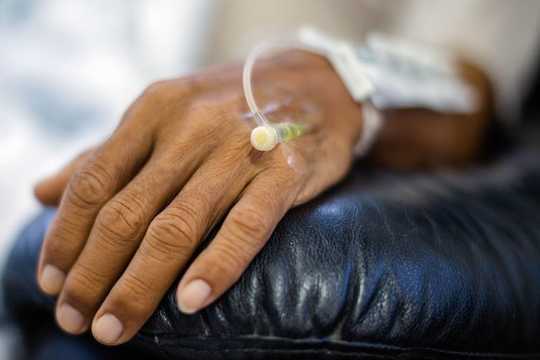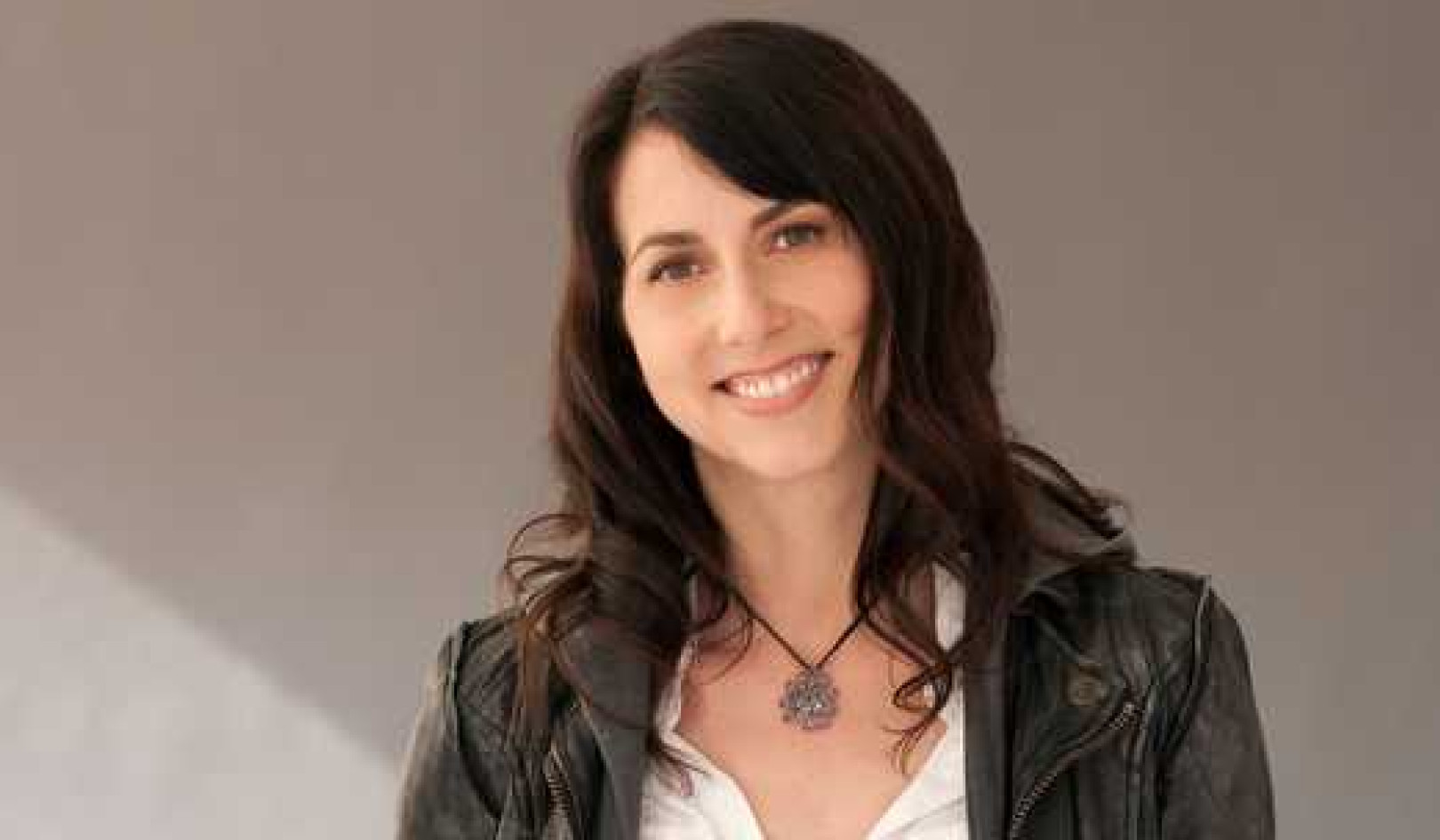When you hear the word “cancer” probably the last thing that you think of is physical activity. In fact, most of us think of cancer as a death sentence. Treatments for cancer make many people feel lousy and the side effects of treatment include fatigue, anxiety, nausea, vomiting and pain. So it is hardly surprising that people who are diagnosed with cancer are not reaching for their running shoes or gym kit.
The perception of cancer as a death sentence is incorrect. Of course people die from the disease, but the prognosis for many people diagnosed with the disease is pretty good.
At any one time, there are about 25m people living with cancer in the world. Many people diagnosed with cancer are likely to die of something else. This means that helping the millions of people who have been diagnosed and treated for cancer to live a long and healthy life is a goal worth striving for.
Physical activity can help people manage the side effects of cancer treatment. Being physically active during and after treatment improves cardio-respiratory fitness, muscle strength, physical well-being, quality of life, and reduces fatigue, anxiety and depression.
People who are physically active after cancer are also more likely to live longer than those who are not physically active, especially after breast cancer, colon cancer and prostate cancer. Health professionals around the world recommend that people diagnosed with cancer get physically active.
Yet most people, during and after treatment for cancer, are not physically active. In fact, people reduce their amount of physical activity after a cancer diagnosis and treatments.
How much is enough?
Getting the health benefits from physical activity does not mean having to run marathons or pump iron (although some people after cancer treatment do quite happily engage in vigorous physical activity).
The recommended amount of physical activity for people with cancer is the same as for the general public: 150 minutes of moderate-intensity physical activity each week. This can be broken down into about five 30-minute brisk walks a week. Muscle strengthening exercises are also recommended. However, treatment can really zap people and they should not feel bad about being unable to do the recommended amount.

Drugs can make it difficult. Shutterstock
One reason for the drop in activity in those with cancer is that doctors and nurses rarely give advice about physical activity to patients, so it’s understandable why people are not physically active after a cancer diagnosis. And many of us still believe that when you’re ill you should rest up.
There are of course other barriers to being physically active beside lack of information and advice from oncologists. A key barrier in most countries is the lack of provision of cancer rehabilitation to promote and support physical activity.
All this is not to polarise medicine versus physical activity. Nor is it to champion physical activity as the miracle cure for all of the problems that people during and after cancer treatment face. Yet, being physically active during and after cancer treatment has many health benefits. This is why for people diagnosed with cancer it is important to promote exercise as medicine.
Alongside getting the best possible medical treatment people should also get the best possible exercise treatment.![]()
About The Author
Gill Hubbard, Reader in Cancer Care, University of Stirling
This article is republished from The Conversation under a Creative Commons license. Read the original article.
Books on Fitness and Exercise from Amazon's Best Sellers list
The Four-Pack Revolution: How You Can Aim Lower, Cheat on Your Diet, and Still Lose Weight and Keep It Off
by Chael Sonnen and Ryan Parsons
The Four-Pack Revolution presents a total-life approach for attaining health and fitness goals without the hard work and suffering.
Click for more info or to order
Bigger Leaner Stronger: The Simple Science of Building the Ultimate Male Body
by Michael Matthews
If you want to build muscle, lose fat, and look great as quickly as possible without steroids, good genetics, or wasting ridiculous amounts of time in the gym and money on supplements, then you want to read this book.
Click for more info or to order
The Women's Health Big Book of Exercises: Four Weeks to a Leaner, Sexier, Healthier You!
by Adam Campbell
The Women's Health Big Book of Exercises is the essential workout guide for anyone who wants a better body. As the most comprehensive collection of exercises ever created, this book is a body-shaping power tool for both beginners and longtime fitness buffs alike.
Click for more info or to order
Bodyweight Strength Training Anatomy
by Bret Contreras
In Bodyweight Strength Training Anatomy, author and renowned trainer Bret Contreras has created the authoritative resource for increasing total-body strength without the need for free weights, fitness machines, or even a gym.
Click for more info or to order
The Men's Health Big Book of Exercises: Four Weeks to a Leaner, Stronger, More Muscular You!
by Adam Campbell
The Men's Health Big Book of Exercises is the essential workout guide for anyone who wants a better body. As the most comprehensive collection of exercises ever created, this book is a body-shaping power tool for both beginners and longtime fitness buffs alike.

























